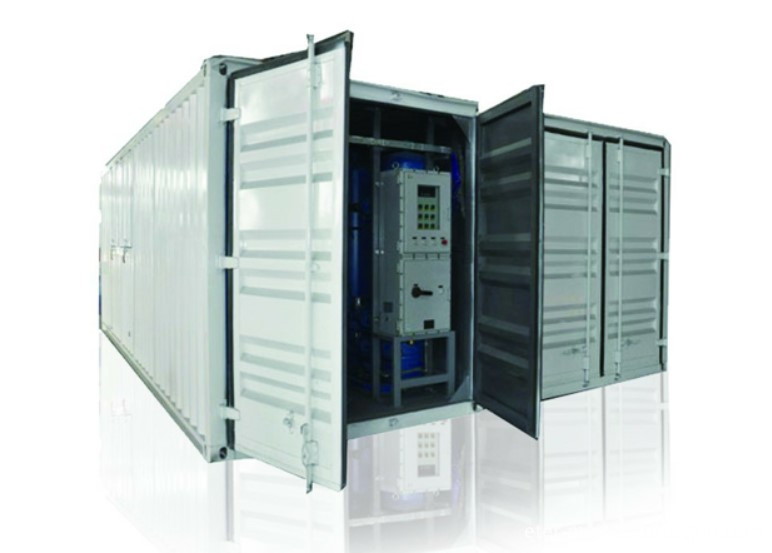Second, bait science
1, animal and vegetable bait should be a reasonable match. The crabs are of mixed diets. In the combination of baits, feeds are fed throughout the year. Animal foods account for 60% and vegetative foods account for 40%.
2, according to the scientific season when feeding fish. During the feeding season of crabs in the growing season, the general principle is “two fine and middle blueâ€. In the spring and autumn season, feeding is mainly based on animal foods, supplemented with plant foods, and summer foods are mainly plant-based foods.
3, according to the habit of feeding crabs. There are nocturnal habits of the crabs. Feeding should be based on feeding at night and supplemented by feeding during the day. Its night feeding amount is 70% of the amount of bait throughout the day.
4, bait should be palatable. The individual size of the bait should be appropriate to the size of the crab. Individuals should be cut into chunks, and snails and clams should be crushed. The botanical baits should be made into groups to increase the utilization of bait.
5. Change the deepwater area to feed in shallow water area. The bait is placed in the shallow water area with aquatic plants, and the distribution should be uniform, and adhere to the principle of four-shot feeding.
6, change raw food to cooked food feeding. The various raw grains to be fed should be fully soaked, cooked, and fed to facilitate the digestion and absorption of crabs.
7, science feeding mature crab.
(1) It is to change the night feeding for daytime feeding. Mature crabs begin to swim in the genitals and crawl ashore at night, which causes excessive physical exertion and can easily cause undernutrition in migratory crabs. Therefore, appropriate feeding should be performed. In the feeding method, the night feeding was changed to feeding in the daytime.
(2) It is the prevention of excess nutrient death. In particular, mature female crabs have more than 85% of their livers and become gonads with reduced liver function, such as feeding large amounts of animal feed. On the one hand, liver function can not adapt to the storage of high-protein nutrition, on the other hand, the male crab is promoted to mate in fresh water in advance, causing death.
8, the implementation of fish and polyculture mode, should first feed the fish, after feeding the crab. The fish feed into the deep water area and the crab feed into the shallow water area to prevent fish and crabs from competing for food so that the crabs will not eat bait and affect the growth of crabs.
Third, the comprehensiveness of the bait is the regular addition of shelling. On the one hand, promote crab shelling during the growing period, and increase the market size. On the other hand, it promotes synchronous shelling of crabs and reduces the chance of killing each other. The second is to prevent crab disease. The feed should be fresh, palatable, not mildewy, rotten and spoiled, and the bait should not be eaten in a timely manner to avoid damaging the water quality. Regularly soak the feed with 30% saline solution, each time 30-40 minutes, disinfection and sterilization. The third is to prevent crab disease. During the onset of crabs, add 1% of leeches, baicalin, Banlangen, 0.5% oxytetracycline, furazolidone and other drugs to prevent bait, rotten limbs, rot shell disease, shake Diseases and other diseases. In terms of prevention and control methods, the combination of internal and external use is more effective. The fourth is the combination of scientific feeding and water quality regulation. Every half month of the growing season, lime is splashed to increase the body's calcium and improve the transparency of the water body. Change the water every 2-3 days, so that the water body can maintain high dissolved oxygen for a long time, which can increase the crab's food consumption, feed utilization and conversion rate.
Compressed air is purified through the air dryer and filters to a certain level for main plant to work with. Air buffer is incorporated for smooth supply of compressed air thus to reduce fluctuation of compressed air source. The plant produces oxygen with PSA (pressure swing adsorption) technology, which is a time proven oxygen generation method. Oxygen of desired purity at 93%±3% is delivered to oxygen buffer tank for smooth supply of product gas. Oxygen in buffer tank is maintained at 4bar pressure.
With a cabinet for small capacity or container for big capacity, all the parts can be involved in, and removable with a vehicle.

Removable Oxygen Generator
Removable Oxygen Generator ,Oxygen Production Machine,Oxygen Breathing Apparatus,Oxygen Facility
Hunan Eter Electronic Medical Project Stock Co., Ltd. , https://www.centralgas.be